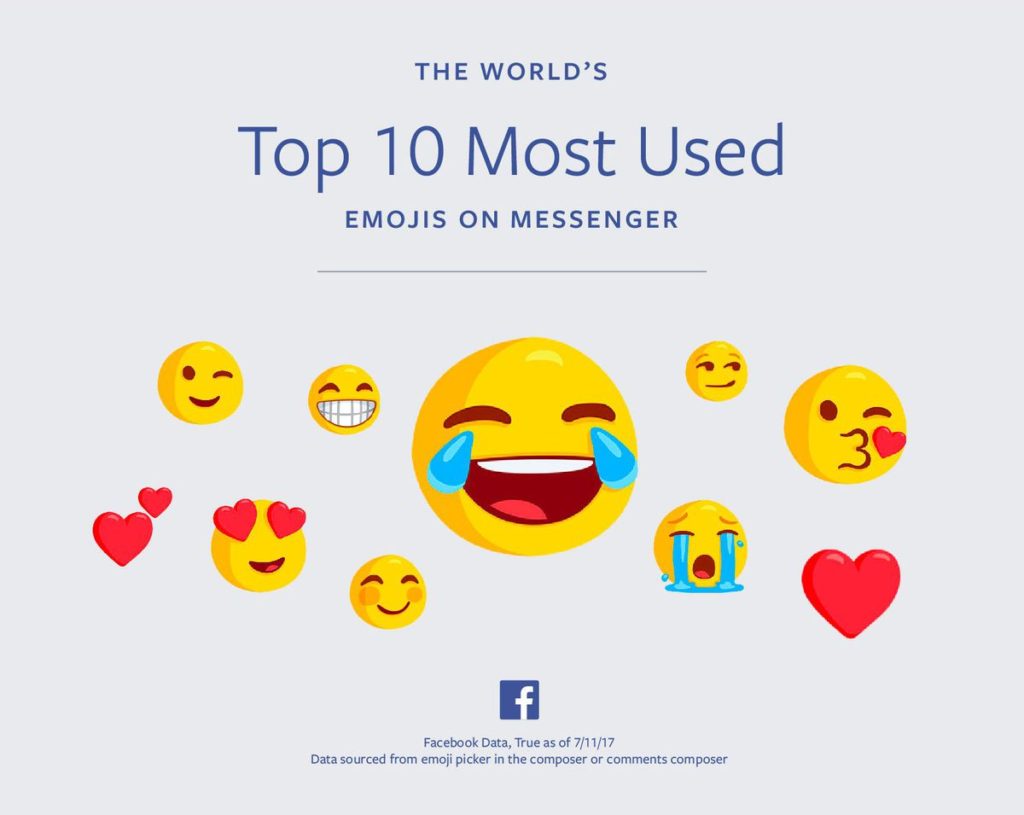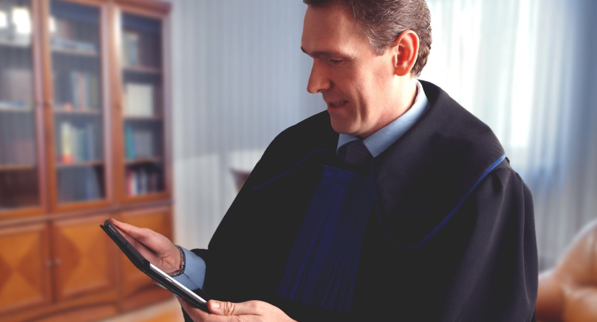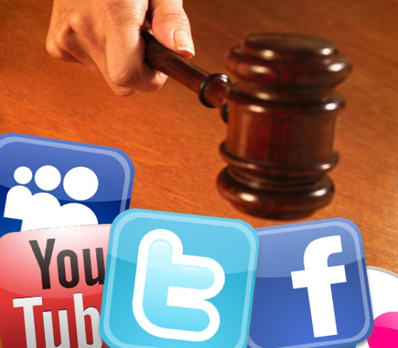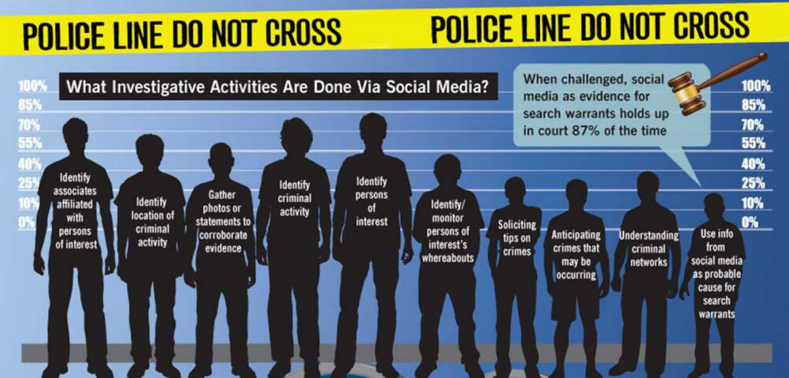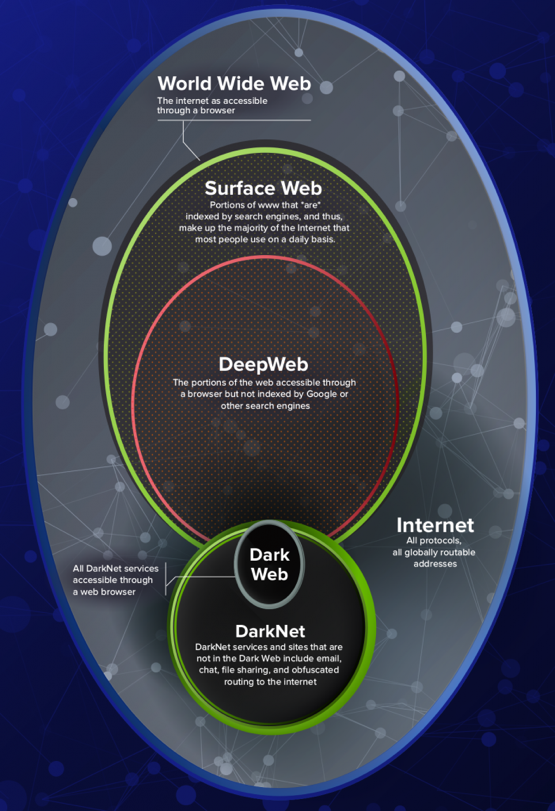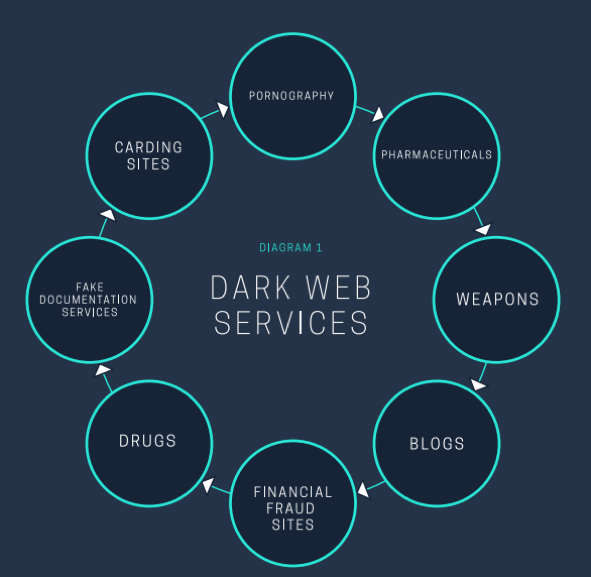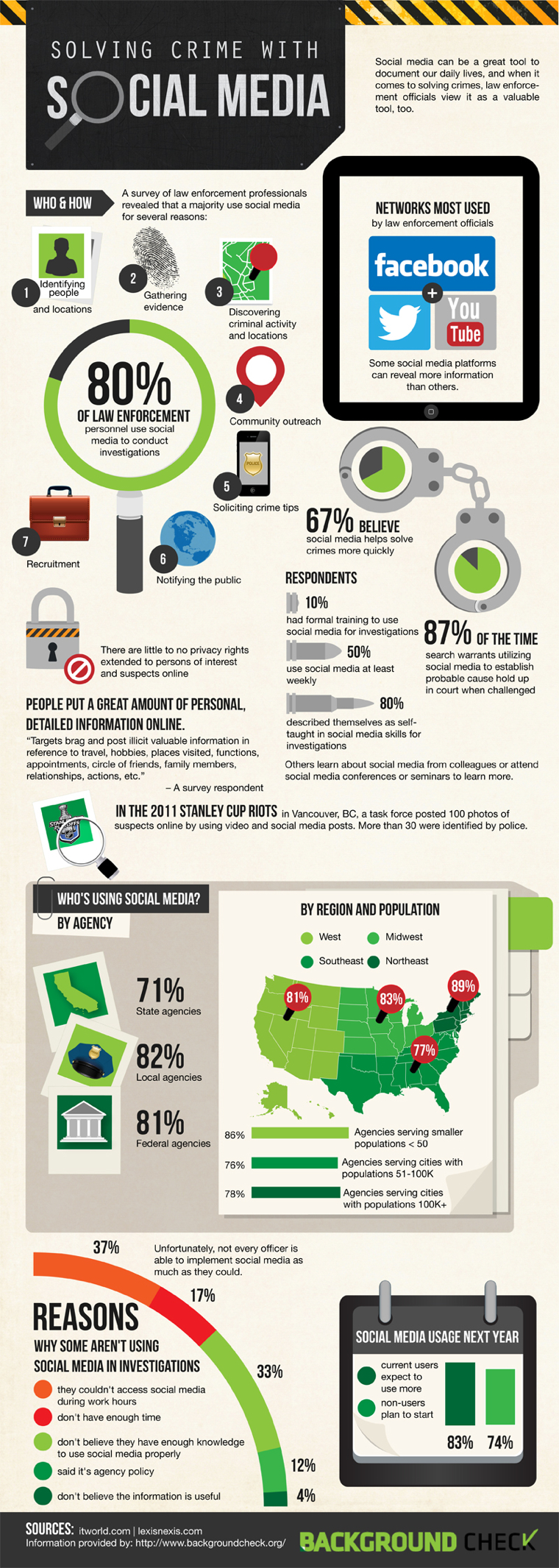Social media is obviously not going anywhere. You’ve heard
the statistics: Facebook is approaching 600 million users, Twitter users post
90 million “tweets” per day, and the fastest growing demographic of social-media
users are those over age 55. The impact of social media cannot be ignored. It
is not just influencing how we communicate, but how lawyers litigate.
For some time there has been a lack of guidance on the
discoverability and use of social-media content in civil litigation, but
recently a growing number of court decisions and ethics opinions have addressed
this issue.
So just how is social media used in litigation?
Social Media as Evidence
Social media is not limited to only family and criminal
litigation. The usage of it in commercial, intellectual property, employment,
products liability and personal-injury cases is quickly growing. Courts and
litigants across the country are increasingly relying on evidence secured from
social-networking sites. All sorts of evidence discoverable through social
media are easy to imagine such as evidence of actual confusion in a trademark
case, or evidence of reputation in a libel case.
Securing the Evidence: Public Search or Discovery Request
Often, individuals fail to restrict access to their
social-media profile pages, and information about their background, location,
reputation, credibility and friends is available to the general public,
including an adverse party and the adverse party’s counsel. Thus, as soon as
litigation seems likely, it is important to complete a thorough Internet search
for information related to the opposing party, not just on Google, but directly
on social-media sites.
Recently, the New York State Bar Association issued an
opinion that lawyers may access another party’s social media site for potential
impeachment material “as long as the party’s profile is available to all
members in the network and the lawyer neither ‘friends’ the other party nor
directs someone else to do so.” N.Y. State Bar Assoc., Ethics Opinion 843
(Sept. 10. 2010).
If an opposing party’s social media
page is not available to the general public, the most efficient way to secure
evidence on it is through discovery requests. Investigators can request
identification of “any screen names or other identities used on computer
sites or for social networking” and document requests might ask for
social-media postings and messages related to the claims and damages in the
lawsuit.
In 2010, a New York state court ordered a personal-injury
plaintiff to provide a consent and authorization so Facebook and MySpace could
turn over access to her entire Facebook and MySpace pages,
even though she used strict privacy settings. Romano v. Steelcase Inc.,
2010 WL 3703242 (N.Y. Sup. Ct. Sept. 21, 2010). In the lawsuit, the plaintiff
alleged back and neck problems. But defendants noticed that her publicly
available pages painted a different picture. The court noted that the
plaintiff’s “private pages may contain materials and information that are
relevant to her claims or that may lead to the disclosure of admissible
evidence.” Citing Facebook’s and MySpace’s own policies, which warn users
that they should have no expectation of privacy, the court noted that
“when plaintiff created her Facebook and MySpace accounts, she consented
to the fact that her personal information would be shared with others,
notwithstanding her privacy settings.”
E-Discovery: Playing Defense
The face of discovery was changed forever when email was
born: appropriately named “e-discovery.” And it is predicted that
social media will soon replace e-mail as the primary vehicle for interpersonal
communications for 20% of business users.
Litigators need to be ready, not just to make the most of
social media but also to protect their clients against claims. Social media
will no doubt impact preservation, collection, review and production efforts so
parties should consider early on whether relevant information may be found on a
social media site, and if so, whether or not they are required to or wish to
preserve and/or collect such information.
What Can Lawyers Do?
It has become apparent that
lawyers must keep informed of changes in the law, including the benefits and
risks associated with relevant technology.
1. Know What Your Client is
posting on Social Media
In a 2014 case out of the Florida
Court of Appeals, the daughter of the winning party posted a comment on her
Facebook page about the outcome of a lawsuit and how it would pay for her European
vacation. Unfortunately, the post violated the confidentiality provisions of
the parties’ settlement and torpedoed the settlement. Oops! This is a good
reminder to always know what your client is posting on social media.
2. Don’t Remove, or
Condone the Removal of Evidence
Social media posts, like any
other type of “evidence” may be relevant to the lawsuit in which you are
involved. Therefore, like any other type of evidence, counsel may not alter or
destroy relevant social media posts nor can we direct or assist others in doing
so.
For example, a lawyer directed
his client to clean up his Facebook page, and then ultimately deactivated the
client’s account before signing a discovery response that the client did not
have a Facebook account. The Court levied a collective fine of $722,000 in
sanctions against the lawyer and the client, and referred the attorney to the
Virginia State Bar. In addition to the spoliation dangers
presented by social media, Gatto dovetails nicely with Point
I, supra, and serves as an important reminder to know both
what your client is posting, and what your client may be deleting.
Conclusion
It is important to remember that
the essence of the legal profession is confidentiality and discretion. The
take-away is simple: Rather than run into an ethics problem as a result of a
social media post, tweet, hashtag, etc., think before you post.
